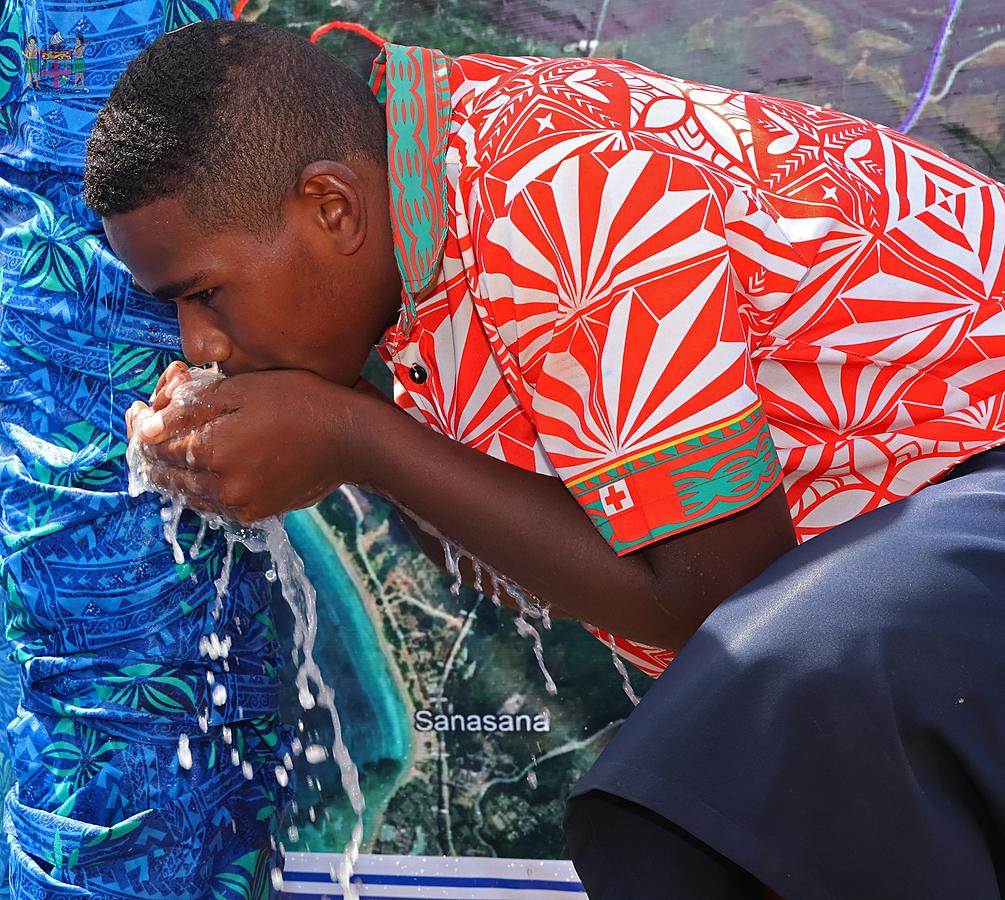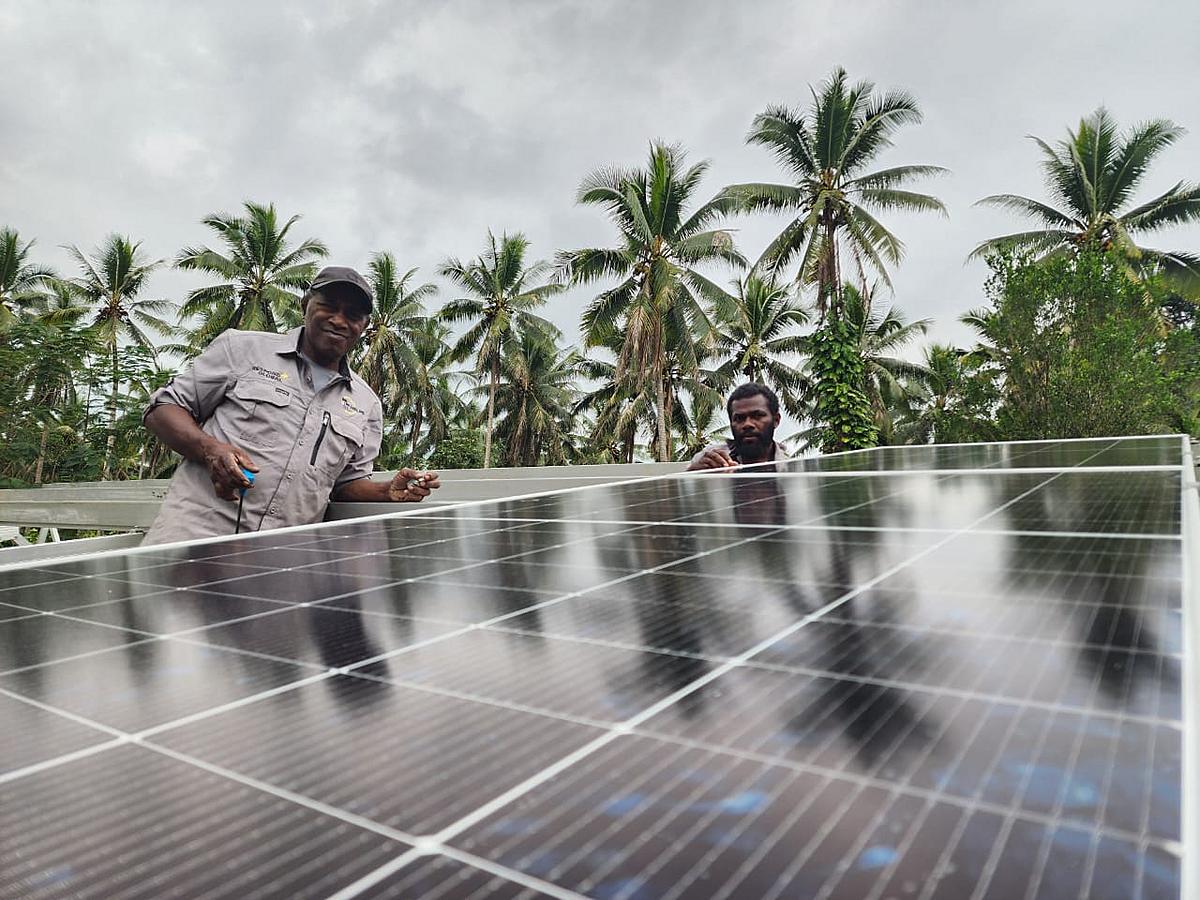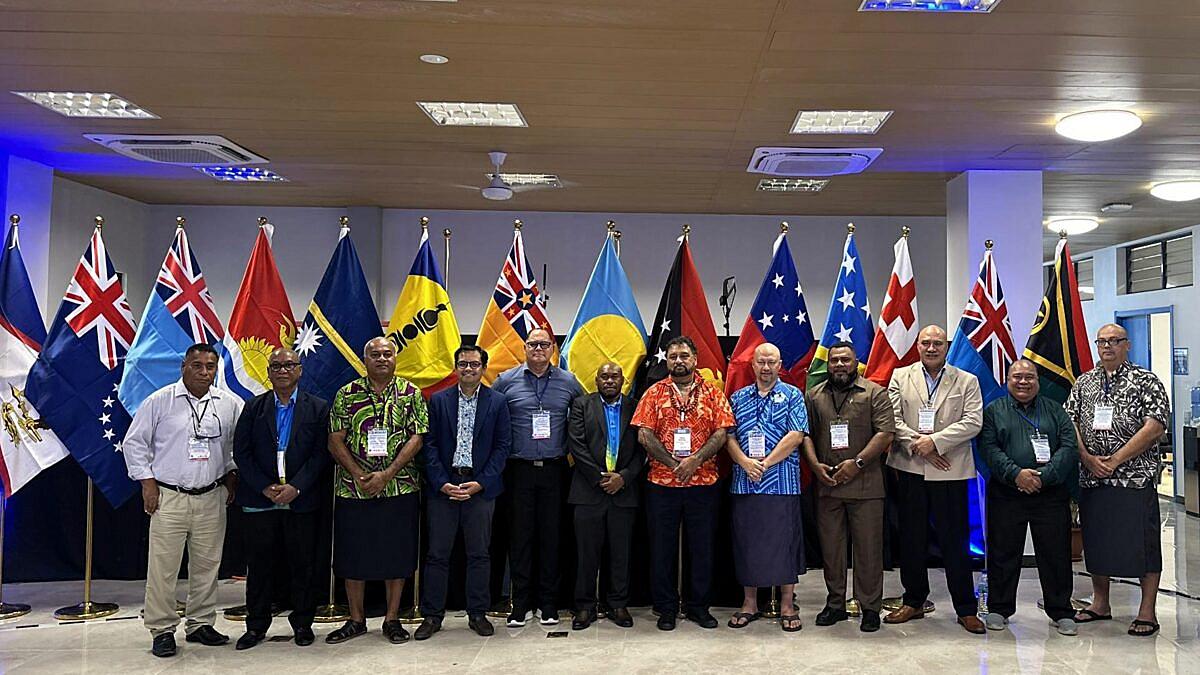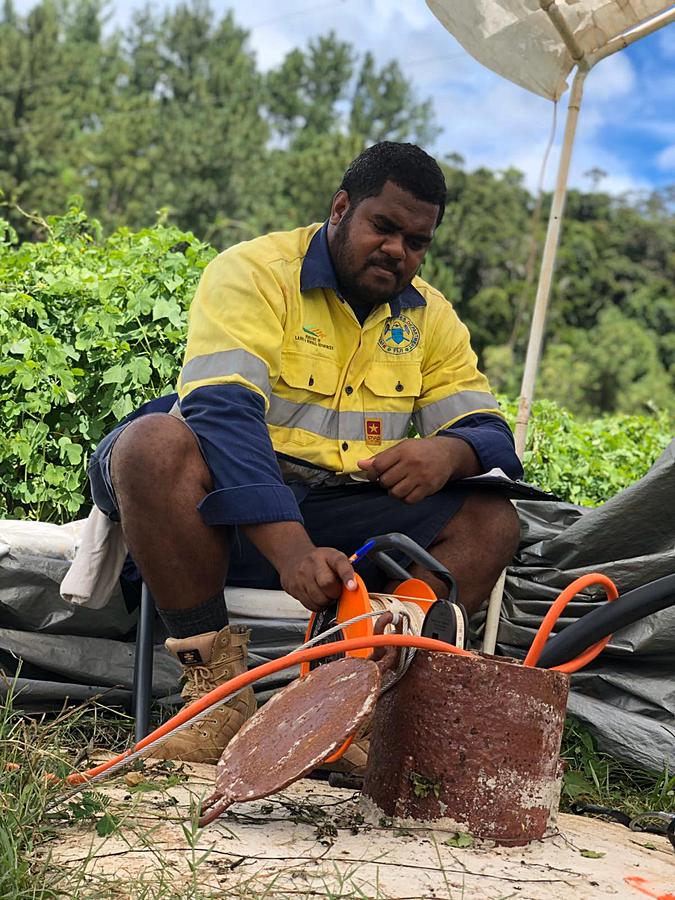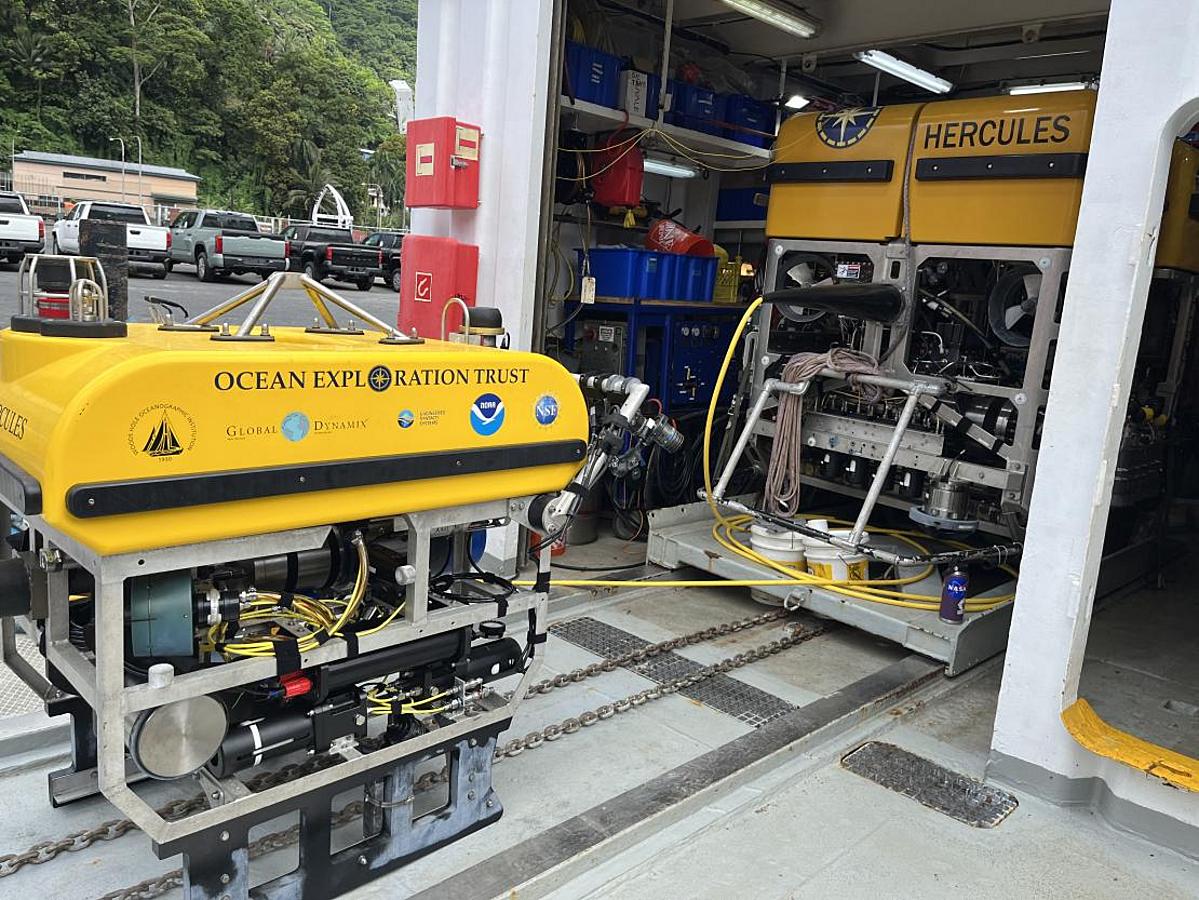The Water Authority of Fiji (WAF) has been allocated $284.4 million in the 2025-2026 Budget to deliver major upgrades to water and wastewater infrastructure across the country.
The funding will go towards upgrading water sources and treatment plants, improving water pipes and supply systems, and reducing water loss. A further $4.9 million will be used to build a new 20-megalitre Water Treatment Plant to support the existing Tamavua facility, promising cleaner water, faster delivery and enough supply for Fiji’s growing communities.
In partnership with the Asian Development Bank, the government will also embark on a $300 million, five-year project to improve wastewater management. Plans include doubling the Kinoya Wastewater Treatment Plant’s capacity to better protect the marine environment.
For rural areas, $10.7 million has been allocated for water projects under WAF, along with $6.5 million for borehole development under the Ministry of Lands.
“Clean water and better wastewater services mean healthier families and a cleaner Fiji for you,” the government said in announcing the investment.
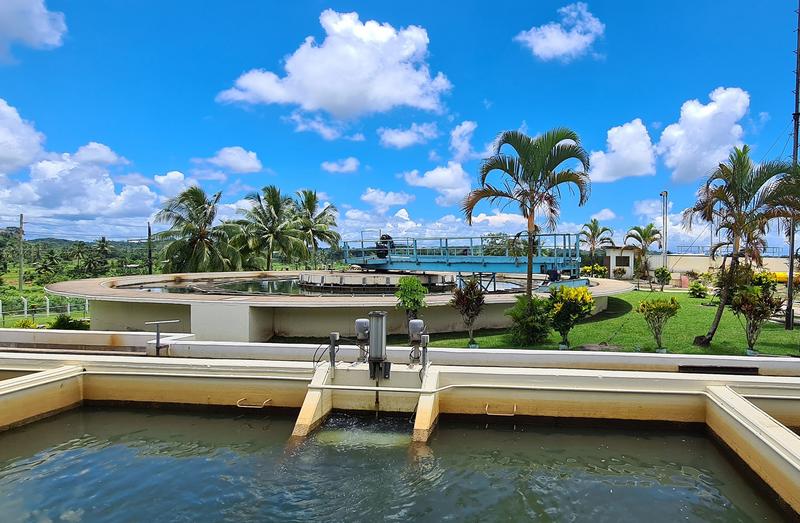
Finance Minister Professor Biman Prasad has announced that the Water Authority of Fiji will receive increased funding aimed at repairing infrastructure, upgrading water sources and treatment plants, expanding distribution networks and significantly reducing water losses.
“Our water infrastructure is outdated, with nearly half of the treated water lost due to leaks. This has constrained our ability to connect more people to safe, treated piped water and has limited economic development,” he said.
Fiji currently faces a 50 percent non-revenue water rate, meaning half of treated water never reaches consumers. The government plans to cut this figure to 20 percent within five years through a performance-based contract with a Spanish company, facilitated by the ADB. Payments will be tied to verified reductions in water losses, marking a first for Fiji and the Pacific region.
The government will maintain free water access for households earning $30,000 or less a year and continue a $9.5 million electricity subsidy that benefits 60,000 low-income households and more than 1,000 schools.
Professor Prasad said the government was committed to transforming the water sector into “a financially sustainable and technologically advanced system that ensures reliable and equitable access for all citizens.”

